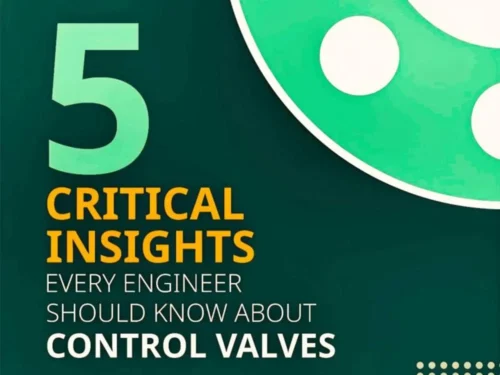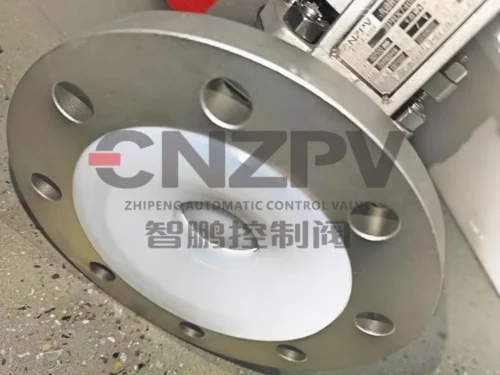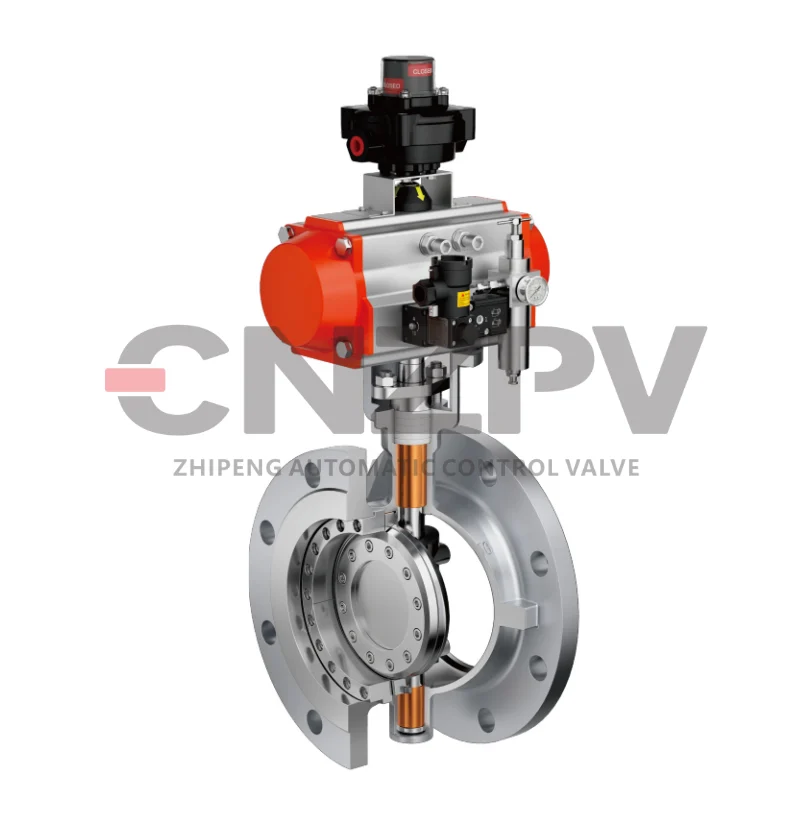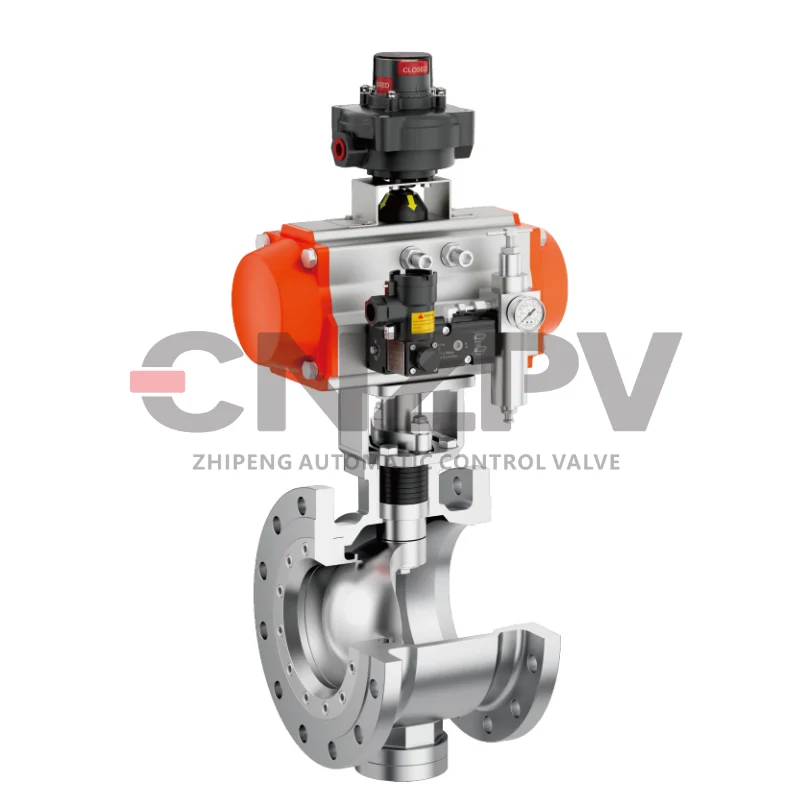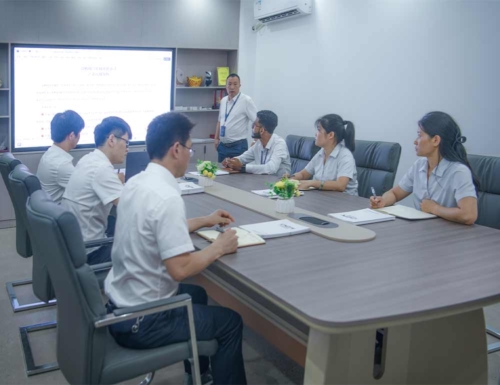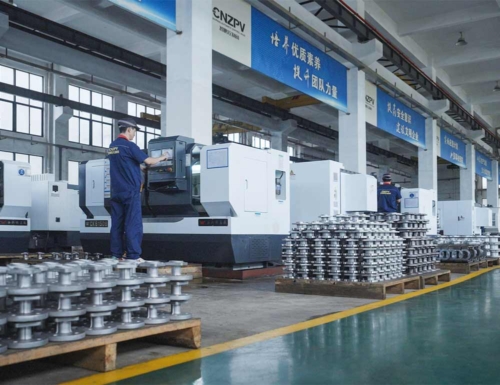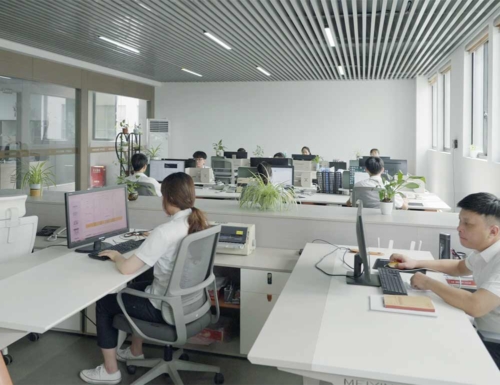
What are valve actuators?
Valve actuators provide the driving force that controls a valves position, by driving the valve stem.
Functions of valve actuator:
Move the valve ball, plug or stem to the required position.
Hold the position against the forces of the flow stream.
Close off the flow by applying sufficient force.
Provide the required operation for full control, from fully open to fully closed.
Operate the movement at the required speed.
Types of actuators:
There are different types of valve actuators, classified based on actuation force.
Pneumatic actuators:
Air pressure is used to actuate valve stem. Pneumatic air pressure actuates the valve steam to move.
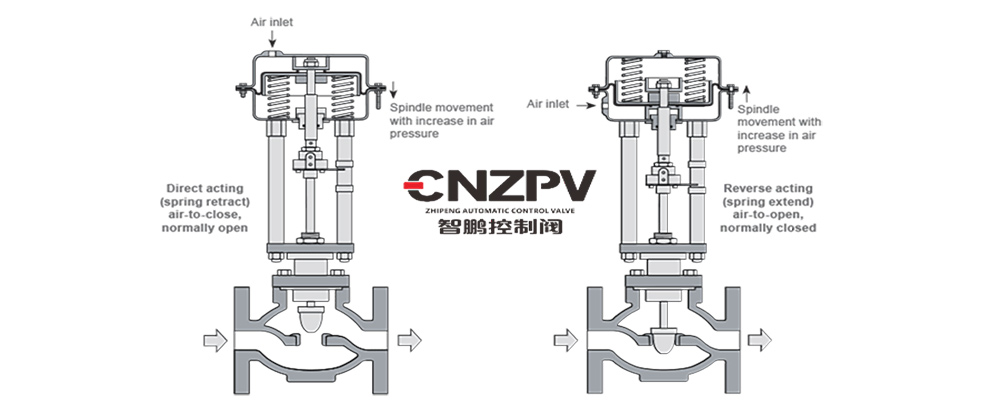
Here shows an air to close actuator. For 3 psi signal, the spring forces the stem to its maximum upward position, the valve remains open.
For 15 psi signal, the force on the diaphragm compresses the spring and the stem moves down to the closed position.
The actuator can design to work as air to open actuation. For that, air supplies in reverse direction, from the bottom of diaphragm.
Advantages:
Very long travel.
High thrust.
Compact size.
Increased stiffness.
Disadvantages
For piston type, Fail-safe requires a trip system
Actuator force must work against spring.
Electrical actuator:
There are two common types of the electrical actuator; solenoid type and motor type. The solenoid type used in emergency shut down systems and the motor operated type used when loading tankers from a marine terminal.
Motor actuator:
A motor is used for the rotary type actuator, the motor rotates on an electrical pulse. The mechanism attached to the motor turns the rotational motion to a linear valve stem motion.
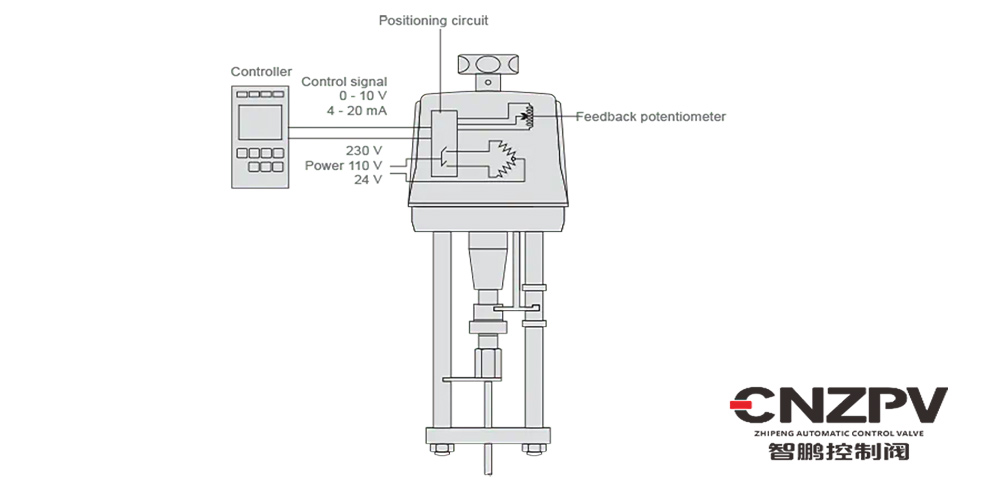
Advantages
High thrust.
Easily interfaced to control system.
Disadvantages
Large.
More expensive than pneumatic.
High power electrical source.
Poor controllability.
Solenoid actuator:
With the solenoid actuator, an electric current is applied to a solenoid coil which forces a metal plunger. The position of the plunger is determined by the applied voltage.
They are more expensive than comparative pneumatic actuators. But it gives good control.
Advantages
Electrically controlled, therefore interface directly.
Less expensive than electromechanical actuators.
Disadvantages
Limited thrust.
More expensive than pneumatics.
Hydraulic actuators:
Hydraulic actuators use liquid pressure rather than gas pressure to move the valve mechanism.
Simple hydraulics are used, where a piston is hydraulically driven and provides the necessary movement to position and control the valve.
Given the high-pressure ratings of most hydraulic pistons, it is possible to generate tremendous actuating forces with a hydraulic actuator. A hydraulic pressure of 2000 PSI applied to one side of a 3-inch diameter piston will generate a linear thrust exceeding 14000 pounds.
Advantages:
Fast response to control signals.
High loads.
Variable stroking speed and stiffness.
Disadvantages:
Requires external hydraulic supply.
Not spring loaded, generally not fail-safe.

